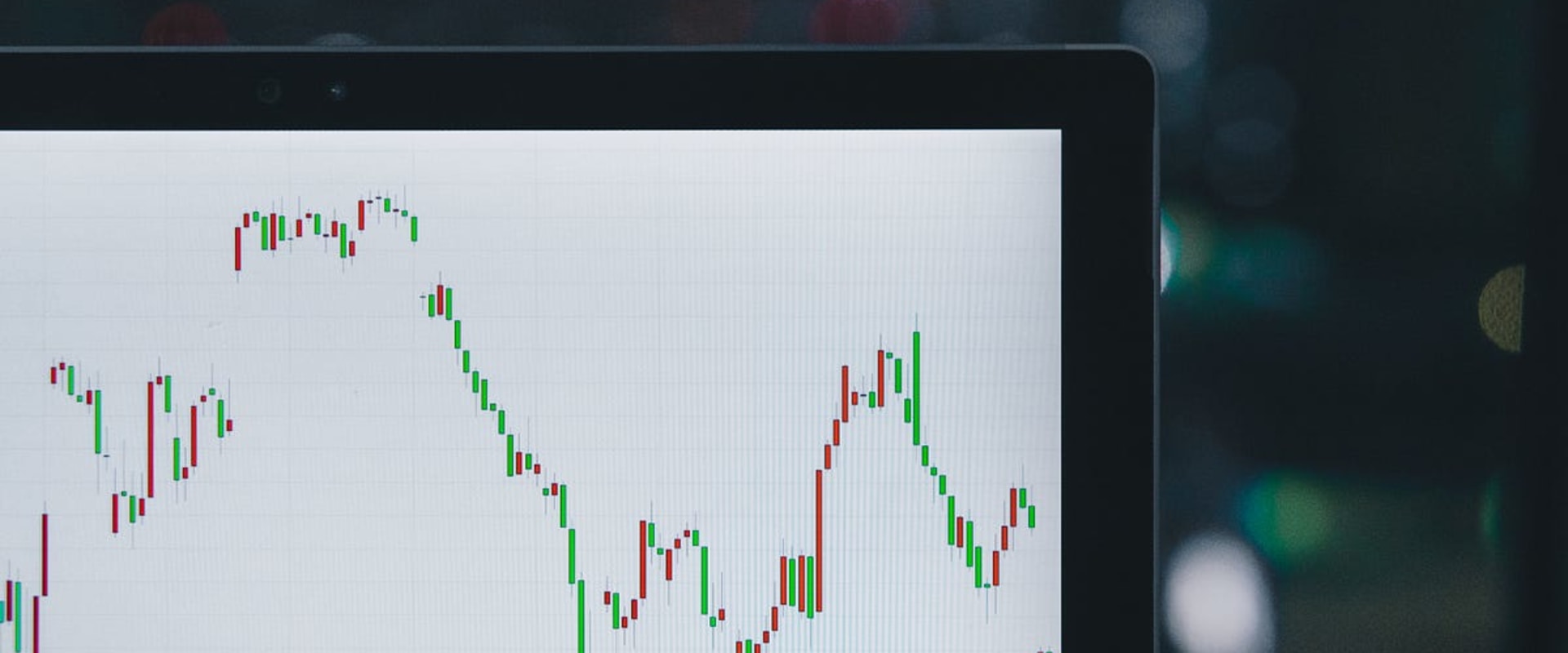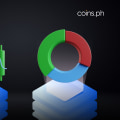Backtesting is an essential tool for any forex trader, allowing them to test out strategies and gain confidence before risking real money in the markets. A key part of backtesting is using signal providers to access reliable data and insights. In this article, we'll discuss the benefits and considerations of using signal providers for backtesting, so you can make informed decisions about the best way to backtest your trading strategies.
Signal Providers
are services that provide automated analysis of financial markets and generate buy/sell signals based on their findings. These signals can be used by traders to make decisions on when to open and close positions.Signal providers use a range of techniques to analyze the markets, such as technical analysis, fundamental analysis, and sentiment analysis. They provide traders with data-driven insights into the performance of different strategies, allowing them to backtest and develop successful trading strategies.
Backtesting
is an important step in developing a successful trading strategy. It involves testing a strategy over a range of historical data to assess its effectiveness.Signal providers can be used to automate this process, providing traders with data-driven insights into the performance of different strategies. There are numerous examples of successful backtesting strategies that have been developed using signal providers. There are various types of signal providers available, each offering a unique set of features and services. These range from simple technical indicators to complex algorithmic systems.
Some signal providers offer comprehensive analysis of the markets, while others focus on specific areas such as Forex trading. It is important to consider the features offered by different providers and select one that best suits your needs. When selecting a signal provider, there are several key considerations to bear in mind. Accuracy is an important factor as it will determine how successful your backtesting will be. Reliability is also important, as signals should be delivered consistently and in a timely manner.
Cost is also an important factor, as some signal providers may charge a subscription fee or require an upfront payment for their services. Understanding risk is another key consideration when using signal providers for backtesting. It is important to understand the potential risks associated with any trading strategy before executing it in the live markets. Risk management tools such as stop losses can help reduce the risk associated with trades, but it is important to understand the risks before entering into any trade. Finally, there are some tips that can help ensure successful backtesting using signal providers.
Firstly, it is important to thoroughly research any signal provider before using them. This includes reading reviews from other users and looking at their track record. Secondly, it is important to test the signals against a range of historical data before executing them in the live markets. Finally, it is essential to monitor the performance of any trading strategy over time and make adjustments as necessary.
Using Signal Providers for Backtesting
Signal providers can be used for backtesting to automate the process of testing a strategy over historical data.By providing traders with data-driven insights into the performance of different strategies, signal providers can make the process of backtesting simpler and more efficient. Using signal providers for backtesting offers several advantages. Firstly, it eliminates the need to manually analyze large volumes of data, reducing the time and effort involved in backtesting. It also provides more accurate and comprehensive analysis, as signal providers use sophisticated algorithms to identify patterns and trends that may be difficult to spot in raw data.
Finally, signal providers can offer a range of customization options, allowing traders to tailor their backtesting to their individual needs. When using signal providers for backtesting, it is important to consider a few key points. Firstly, it is essential to ensure that the provider is reliable and reputable, as there are many unscrupulous providers on the market. Additionally, it is important to consider the cost of using a signal provider, as this can vary significantly between providers. Finally, traders should look at the features offered by the provider, to ensure that their backtesting needs are adequately met.
What Are Signal Providers?
Signal providers are services that offer automated trading advice, usually in the form of buy and sell signals.These signals are based on a variety of market data and analysis, including technical indicators, trends, and news. The goal of signal providers is to help traders make more informed decisions, by providing them with data-driven insights into the potential performance of different strategies. For instance, a signal provider might be able to identify a trading opportunity that isn’t immediately apparent from looking at the charts. By taking advantage of these insights, traders can make more informed decisions and potentially increase their profits. Signal providers also offer a range of other services, such as automated backtesting.
This involves testing a strategy over a range of historical data to assess its effectiveness. This can be a time-consuming process if done manually, but signal providers can automate it, providing traders with detailed data-driven insights into the performance of different strategies. Signal providers can also offer access to other services such as portfolio management tools, risk management services and market analysis. These services can help traders to stay on top of the markets and manage their portfolios more effectively.
Selecting a Signal Provider
When selecting a signal provider for backtesting, there are several key considerations to bear in mind. Accuracy is perhaps the most important factor, as it will determine the effectiveness of the backtesting results.It is important to look for signal providers that have a proven track record of providing reliable and accurate data. Reliability is also important, as it is essential that the data provided by the signal provider is up-to-date and error-free. Additionally, cost should also be taken into account when selecting a signal provider, as some may be more expensive than others. Finally, it is important to research the reputation of the signal provider and their customer service, as this will ensure that any queries are answered promptly and professionally.
Types of Signal Providers
When it comes to using signal providers for backtesting, it's important to understand the different types of providers available. Generally speaking, signal providers can be divided into two main categories: discretionary and algorithmic.Discretionary Signal Providers
: These providers use their own judgement and expertise to decide which trades should be taken. Discretionary signal providers tend to have more experience in the markets and are better able to read market conditions. However, they can often be more expensive than algorithmic providers and may not be suitable for those with smaller trading budgets.Algorithmic Signal Providers
: Algorithmic signal providers use automated systems to identify potential trading opportunities.These systems are programmed with a set of rules that determine when and how trades should be executed. Algorithmic signal providers are generally less expensive than discretionary providers, but they lack the flexibility of discretionary providers and may not be suitable for all traders. When choosing a signal provider, it's important to consider your trading goals, budget, and experience level. Discretionary signal providers may be better suited for experienced traders who have the knowledge and resources to analyse market conditions. Algorithmic signal providers may be better suited for those who are looking for a more cost-effective option or those with limited trading experience.
Understanding Risk
When using signal providers for backtesting, it is essential to understand the risks associated with the strategy.Backtesting can provide valuable insights into the potential performance of a strategy, but it's important to remember that past performance is not always indicative of future results. There are a number of factors that can affect the performance of a trading strategy, including market conditions, capital availability, and timing. As such, it's important to be aware of the risks involved and ensure that you have adequate capital available to cover any potential losses. It's also important to consider the reliability of the data used in the backtesting process. Signal providers may use different data sources and algorithms when generating their signals, which can have an effect on the accuracy of the backtesting results.
It's therefore advisable to do some research into the reliability of each provider before making a decision. Finally, it's important to remember that backtesting is only a tool and should never be used as a substitute for live trading. The results of backtesting should only be used as guidance when developing a trading strategy and should not be relied upon for decision-making. Live trading should always be used to test out strategies in real-time before risking any capital.
Tips for Successful Backtesting
Backtesting with signal providers can be a great way to test out a trading strategy and assess its potential profitability. However, it's important to use the right tools and techniques to ensure successful results.Here are some tips to help you get the most out of backtesting.
1.Choose the right signal provider
Not all signal providers are equal – some may provide more accurate data than others, or have access to more comprehensive datasets. It's important to choose a signal provider that offers reliable data and performance metrics. Additionally, make sure to check the fees associated with the provider before signing up.2.Set realistic parameters
When backtesting a strategy, it's important to set realistic parameters that reflect the current market conditions. This includes factors such as the size of your trading account, the level of risk you're comfortable with, and the type of strategy you're testing.By setting realistic parameters, you can get more accurate results that will better reflect the potential performance of your strategy.
3.Test multiple strategies
It's important to test multiple strategies when backtesting with a signal provider. This will give you a better idea of which strategies are most likely to be successful in different market conditions. Additionally, try testing different combinations of indicators and parameters to see if different results are achieved.4.Test across multiple timeframes
Backtesting should not be limited to a single timeframe. Instead, it's important to test across multiple timeframes to see how your strategy performs in different market conditions.This will give you a better understanding of how the strategy behaves over different periods of time.
5.Monitor and adjust your strategy
When using signal providers for backtesting, it's important to monitor your strategy and adjust it as necessary. This will help ensure that your strategy is working as expected and that any changes you make are based on accurate data. In conclusion, using signal providers for backtesting can be an invaluable tool for traders looking to develop successful trading strategies. Signal providers provide data-driven insights into the performance of different strategies, allowing traders to accurately assess their effectiveness. When selecting a signal provider, it is important to consider factors such as the provider's track record, fees, and risk management systems.With the right provider and a clear understanding of risk, traders can use signal providers to gain a better understanding of their strategies and make more informed trading decisions. By taking the time to do proper backtesting with a reliable signal provider, traders can increase their chances of success and achieve greater profitability in the long run.












Leave Reply